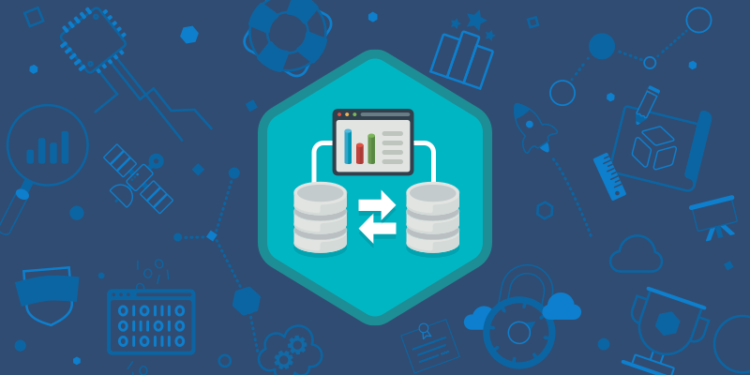How to Migrate data and go live with Finance and Operations apps
Migrating data and going live with Finance and Operations apps, such as Microsoft Dynamics 365 Finance and Supply Chain Management (formerly known as Dynamics AX), is a complex process that requires careful planning, execution, and validation. Here’s a general guide to help you navigate the data migration and go-live process:
-
Preparation and Planning:
a. Data Assessment: Identify the data that needs to be migrated, including financial records, master data, transactional data, and historical data. Determine the quality, accuracy, and completeness of the existing data.
b. Data Mapping: Create a data mapping document that outlines how data from the source system will be mapped to the target system’s data structures. Define transformations, data cleansing, and data enrichment steps.
c. Data Cleansing: Cleanse and standardize the data to ensure consistency and accuracy. Address any duplicate or outdated records.
d. Data Validation Rules: Establish validation rules and quality checks to ensure data integrity during migration.
e. Migration Strategy: Define the migration approach, including whether to use tools provided by the application, third-party migration tools, or custom scripts.
-
Data Migration:
a. Extract Data: Extract data from the source system while adhering to the defined mapping and transformation rules.
b. Transformation and Enrichment: Apply the necessary transformations and enrichments to ensure that data is compatible with the target system’s format and structure.
c. Load Data: Load the transformed data into the target system’s staging environment. Validate the data to ensure it has been loaded accurately.
d. Data Validation: Perform comprehensive data validation in the staging environment to ensure that the migrated data aligns with business requirements.
e. Data Reconciliation: Reconcile the migrated data with the source system’s data to verify accuracy.
-
Testing and Validation:
a. Functional Testing: Test various scenarios and business processes to ensure that the migrated data functions correctly in the new system.
b. User Acceptance Testing (UAT): Engage key users to perform UAT and validate that the system meets their requirements and expectations.
c. Performance Testing: Test the system’s performance under different load conditions to ensure it can handle the anticipated user activity.
-
Training and Change Management:
a. User Training: Provide training to users on how to use the new system effectively.
b. Change Management: Prepare the organization for the upcoming changes by communicating the benefits, training plans, and support mechanisms.
-
Go-Live and Post-Go-Live Support:
a. Data Migration: Perform the final data migration to the production environment.
b. Go-Live Plan: Execute the go-live plan, which may include data migration, system configuration, and enabling access for users.
c. Monitoring and Support: Monitor the system closely after go-live to identify and address any issues. Provide post-go-live support to users and address any questions or concerns.
-
Data Retention and Backup:
a. Backup: Regularly back up the data in the new system to ensure data integrity and availability.
b. Data Retention Policy: Establish a data retention policy to manage historical data and ensure compliance with regulatory requirements.
-
Continuous Improvement:
a. Feedback and Optimization: Collect user feedback and continuously optimize the system and processes based on user experiences.
b. Regular Updates: Stay informed about updates and new features of the Finance and Operations apps to ensure the system remains current and aligned with business needs.
Remember that each organization’s migration process may vary based on its specific requirements, existing systems, and business processes. It’s crucial to engage with experts, consultants, and stakeholders to ensure a successful data migration and go-live.














